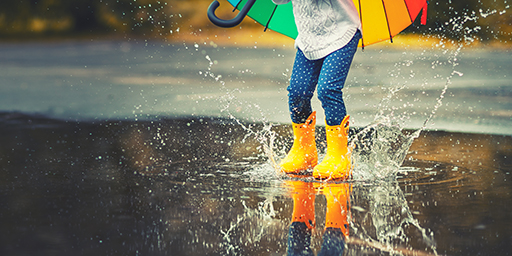8 How do you and your setting support physical activity and development?
As you approach the final part of the course, this is a good time to reflect on what you do in your setting that supports the physical growth, development and activity of babies and young children. As has been highlighted throughout the course, a practitioner can have a powerful influence on parents’ and children’s views about physical development. One way of exerting this influence is for practitioners to role model positive approaches to physical activity, showing enjoyment to children. Develop policies in collaboration with all practitioners that embed opportunities for physical activity and make best use of the environment both inside and out all year round to help promote physical activity and make it part of the everyday routine.

Of course, all settings are different, and each child is unique, so there isn’t a one size fits all approach to how you can support children’s physical activity. It is important to think about how you can consider each baby or child and their family’s needs, and how you can make the best of the environment that is available to you. To help you do this, in Activity 7 you will complete an audit that will get you to think about the factors that can impact children’s physical growth, development and levels of activity.
Activity 7
Complete the audit at the link below. Whilst completing the audit, think of anything that you can change or improve in your practice, as well as any potential barriers to doing so and possible solutions.
There isn’t one single approach to how you can support children’s physical activity because settings and children are different:
- Think about how you can consider each baby or child and their family’s needs
- Think how you can make the best of the environment that is available to you
- Think of anything that you can change or improve in your practice
- Think about potential barriers
- Think about possible solutions.
Audit form (word file) [Tip: hold Ctrl and click a link to open it in a new tab. (Hide tip)]
Hopefully completing the audit of how you support the physical growth, development and activity of babies and young children has given you some food for thought and, hopefully, helped you to think about simple ways to do this. Perhaps you could consider completing the audit with your colleagues so that you can develop a shared vision of how you can support children to be active and help them to maximise their potential.
